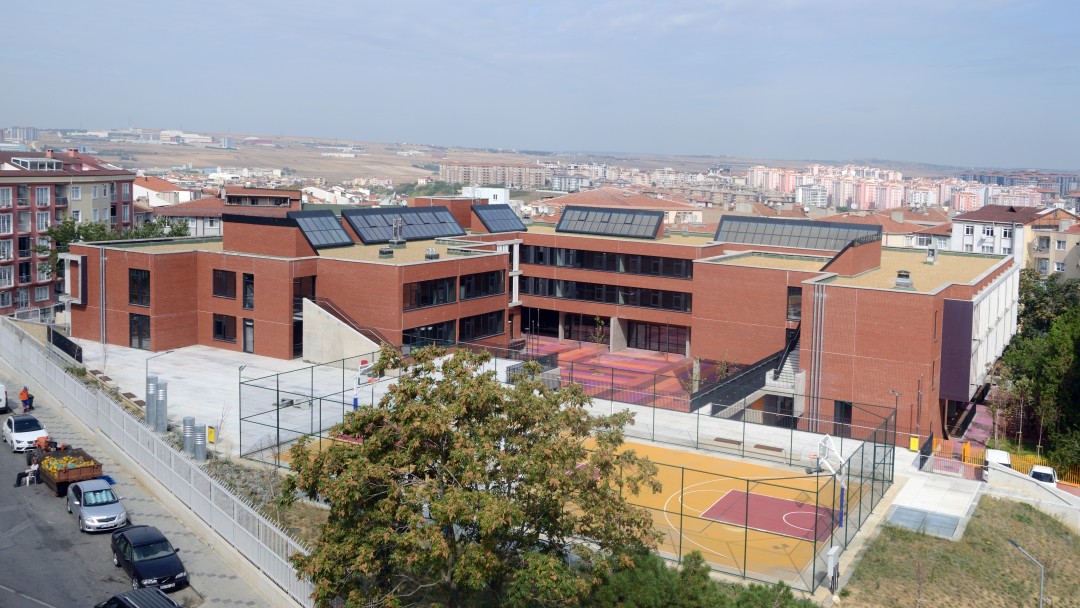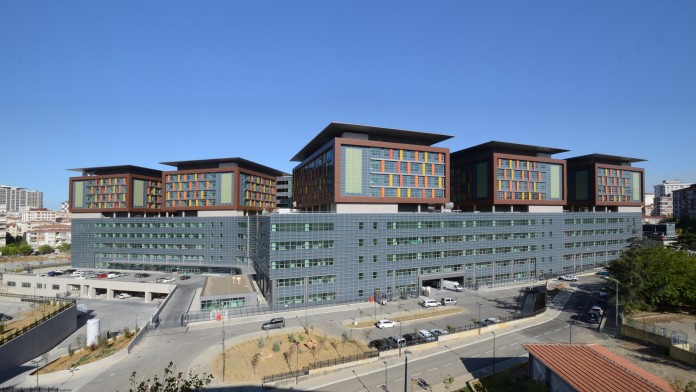
More than 1,400 public buildings in Istanbul have already been retrofitted or rebuilt to withstand earthquakes. The programme, which has a volume of around EUR 3.7 billion, is financed by the World Bank and other donors, with KfW providing EUR 250 million to date on behalf of the German Federal Government.
The earthquake in the Izmir region in October 2020 showed once again how urgent it is to secure buildings. In 1999, the major earthquake in Istanbul caused severe damage and killed more than 17,000 people. While the houses in the historic old town were generally able to withstand the quake, newer builds collapsed. One study showed that in 2006, around 1,580 public buildings in Istanbul alone were not earthquake-proof. Since the start of the programme, 1,400 of these have already been rebuilt or renovated, and there are plans to provide close to 100 more buildings with earthquake protection. Today, 1.6 million people are already benefiting from the new and renovated buildings.
Nearly half of the buildings are schools, but they also include hospitals, administrative buildings and residential accommodations. The programme funds are also financing measures to improve disaster protection, provide equipment and training to ensure better communication in emergencies, and training for volunteer helpers. The measure is just one part of the comprehensive “master plan for Istanbul” that was developed after the 1999 earthquake.
KfW has been involved since 2016 on behalf of the German Federal Government, initially with a promotional loan of EUR 250 million. So far, KfW funds have been used for 72 schools, most of which were rebuilt, and to renovate an administrative building and co-finance a teaching hospital.

The modernised and renovated buildings in Istanbul will not only withstand earthquakes; they are also designed to ensure sustainability. Thanks to modern insulation technology and energy-efficient building systems, they use less gas, water and electricity. For the schools, care was taken to make their design child-friendly, with plenty of daylight coming into the rooms and good acoustics. This makes learning easier. Several of the new buildings have already been awarded prizes for architecture.
The city of Istanbul extends over a large area by the Bosporus, the border between Europe and Asia. Geologists have located a fault under the Sea of Marmara. The Eurasian and Anatolian tectonic plates push against one another, interlock and repeatedly dissipate the resulting tension in the form of earthquakes. In the next 30 years, experts assess that the likelihood of another strong earthquake is very high in the Istanbul area, which is home to 15 million people. The new and renovated buildings will help ensure that future earthquakes cause less damage and hopefully cost fewer lives.
Share page
To share the content of this page with your network, click on one of the icons below.
Note on data protection: When you share content, your personal data is transferred to the selected network.
Data protection
Alternatively, you can also copy the short link: https://www.kfw-entwicklungsbank.de/s/enzBXz5D
Copy link Link copied